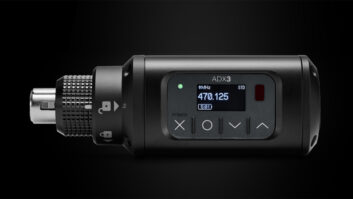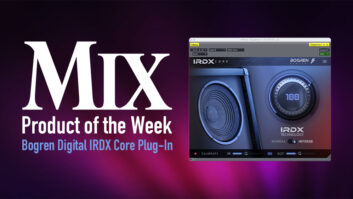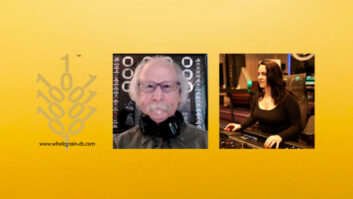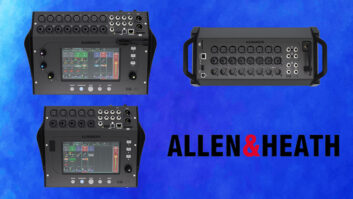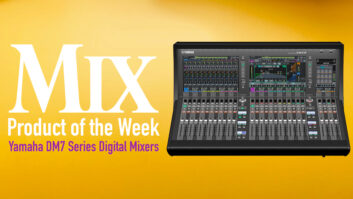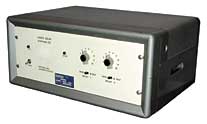
Pro audio was forever changed when Lexicon introduced the world’s first commercial digital audio processor in 1971. The story began at MIT, where Dr. Francis Lee developed a digital delay unit for heartbeat monitoring. A teaching assistant, Barry Blesser (who years later would design the EMT 250—the world’s first practical digital reverb), suggested that they try running audio through the system. The experiment resulted in a 100ms audio delay line, which was state-of-the-art for that time. Once the late Steve Temmer of New York City’s Gotham Audio heard about it, he commissioned 50 units to help overcome live sound propagation delays and as a pre-delay for plate reverbs.
Thus, the Delta T-101 was born, with “Gotham Audio” on the front nameplate and “Lexicon” on the back. The original unit offered a 10kHz bandwidth and a 60dB signal-to-noise ratio—less than stellar, but remarkable for its time. Lexicon definitely felt that the specs were capable of improvement and the result was the Delta T-102 (sold under the Lexicon name), which pushed the noise down to an acceptable -90 dB and helped convince the industry that digital audio was a viable proposition.
